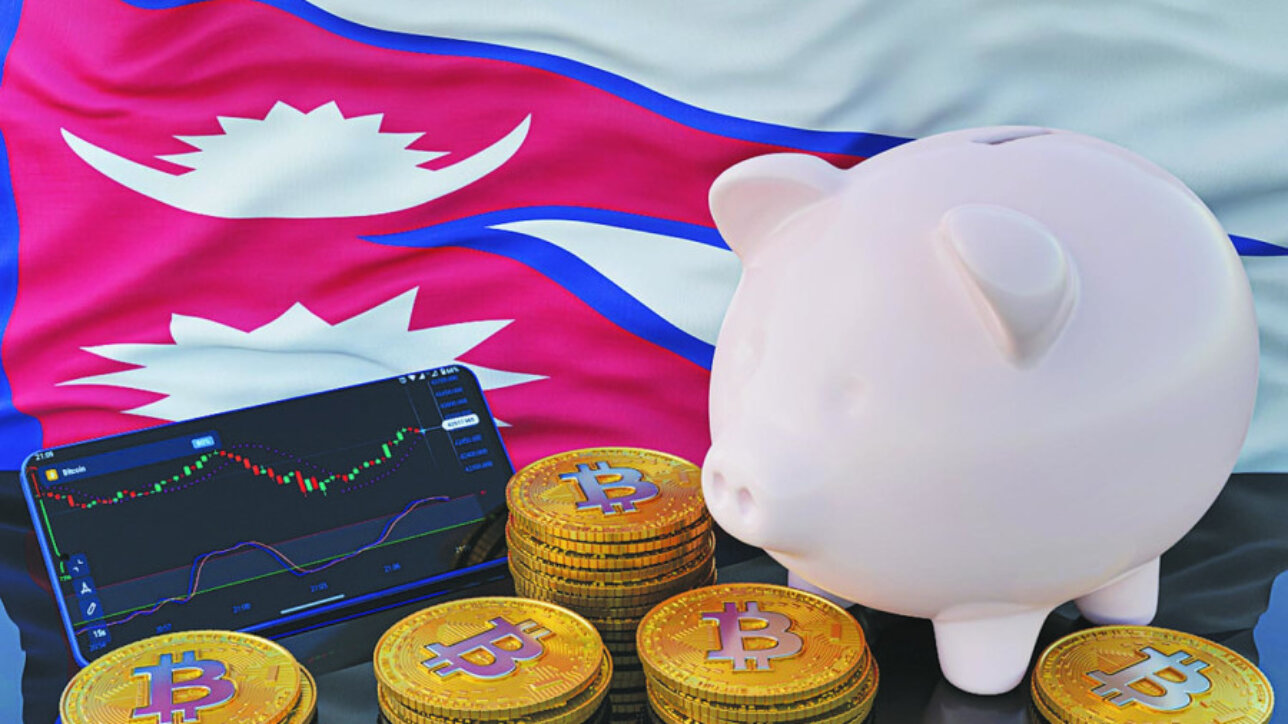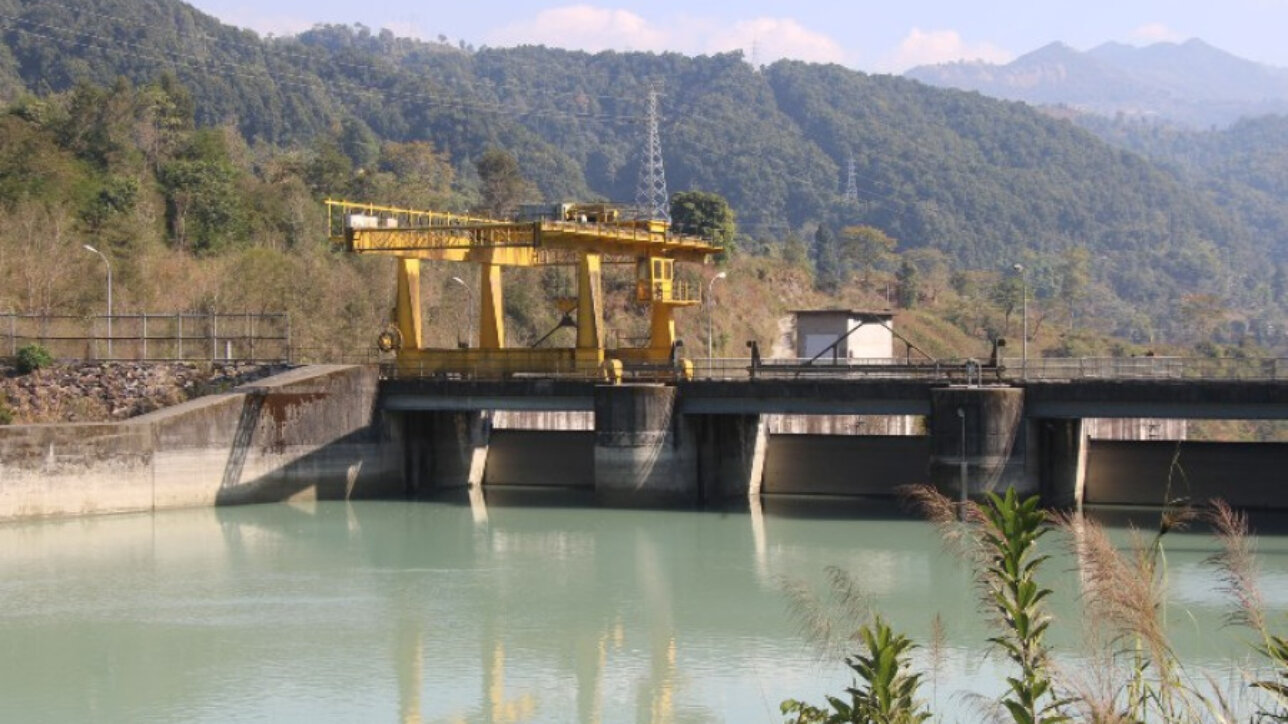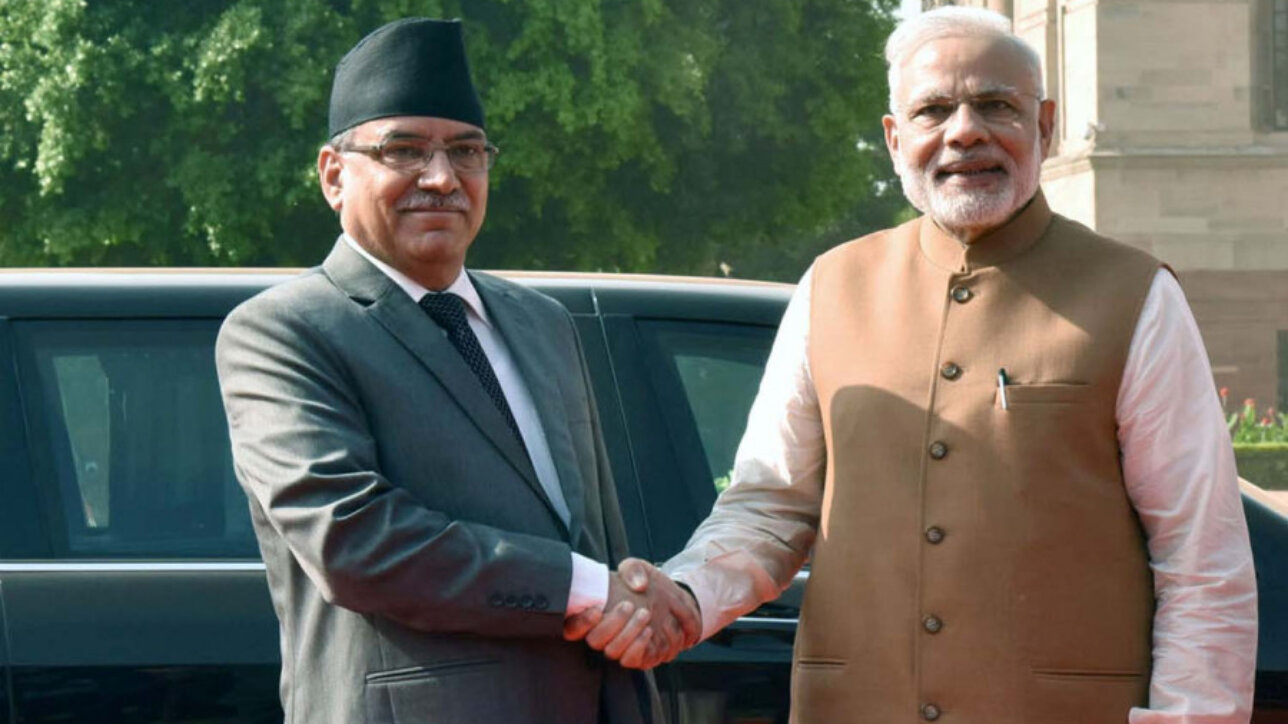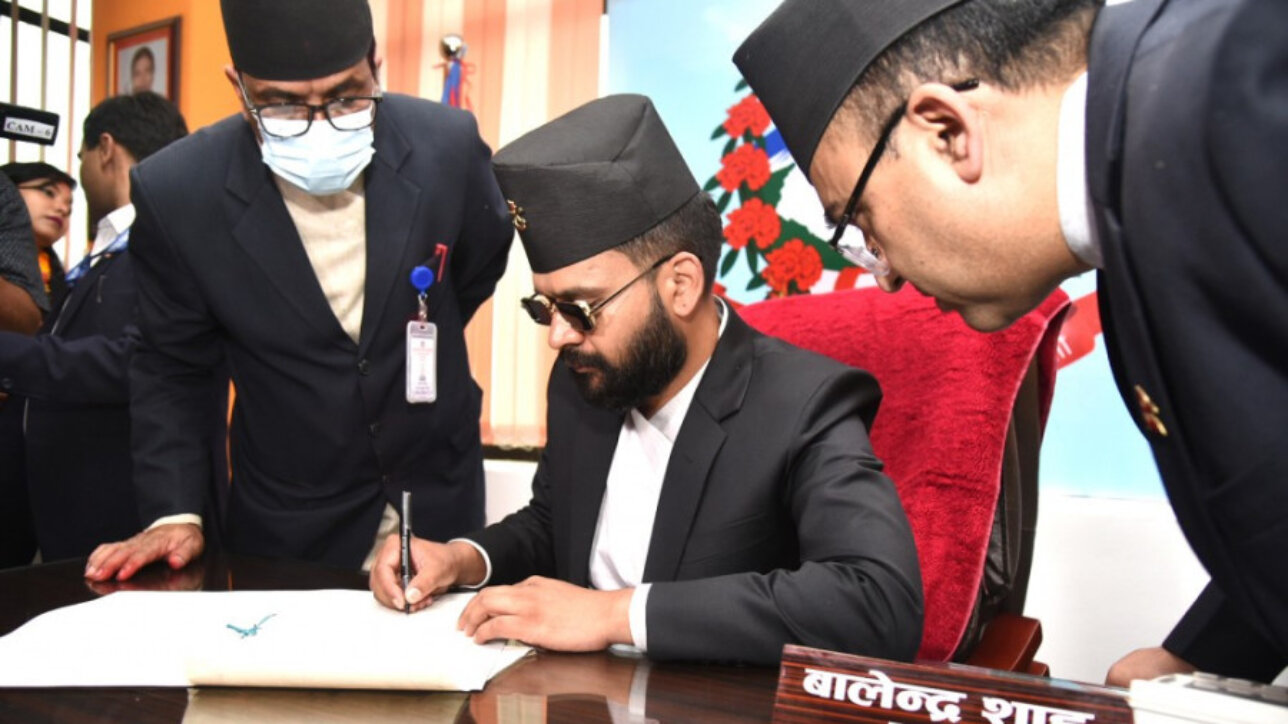-
1 Jun 2015
- 5 min read
Kathmandu Post
-
21 Feb 2023
- 5 min read
Kathmandu Post
-
6 Mar 2023
- 5 min read
Kathmandu Post
-
20 Mar 2023
- 5 min read
Kathmandu Post
-
3 Apr 2023
- 5 min read
Kathmandu Post
-
17 Apr 2023
- 5 min read
Kathmandu Post
-
1 May 2023
- 5 min read
Kathmandu Post
-
15 May 2023
- 5 min read
Kathmandu Post
-
30 May 2023
- 5 min read
Kathmandu Post
-
12 Jun 2023
- 5 min read
Kathmandu Post
-
26 Jun 2023
- 6 min read
Kathmandu Post
-
9 Sep 2015
- 3 min read
Nikkei Asian Review











